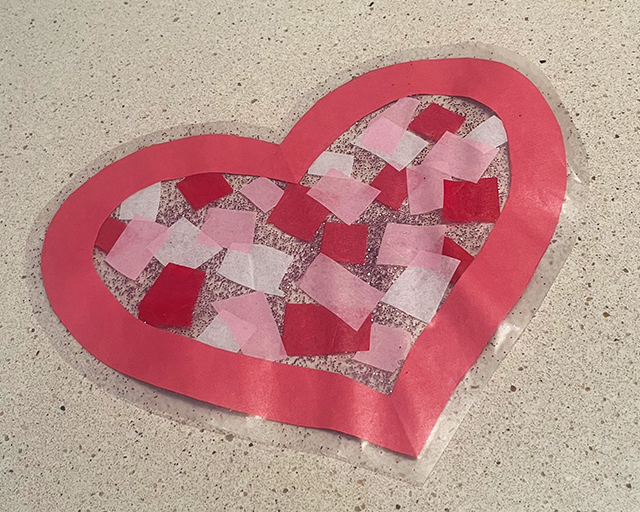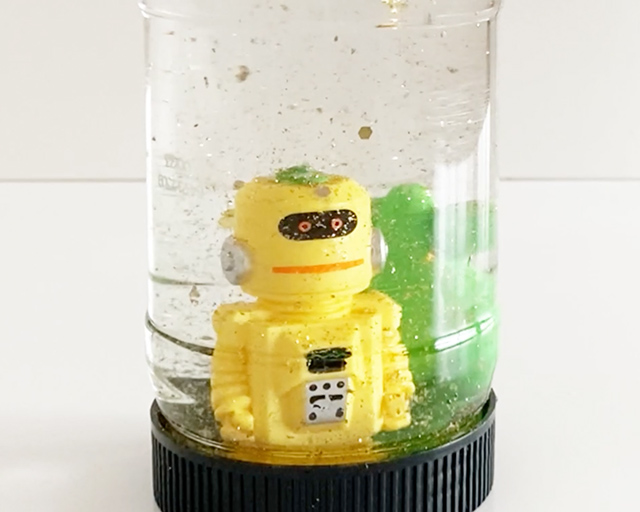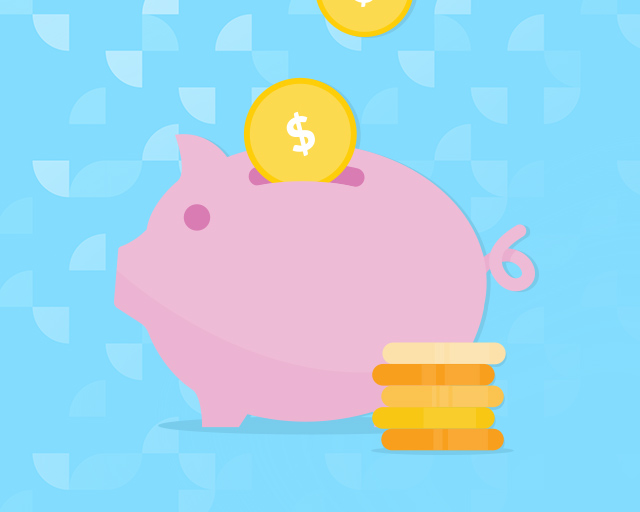

By now, you’ve probably created a budget to track your expenses, so you’ve learned your spending habits and how far you can stretch your income. In this article, we’ll be going over how to save, ways to make saving easier and how to save when money is tight. When’s the best time to start your savings journey? Right after you finish this article!
how to save
A good first step is to set up a savings account to start earning interest on your money. Keep it separate from your other accounts. If you can, set up an automatic transfer of a portion of your paycheck into this savings account. It might seem insignificant at first, but just watch – the savings will build quickly.
Next, look at your spending. This is different than creating a budget, but just as important. When you track your spending, you can see where every dollar goes, and it may surprise you to learn how much you’re spending each year. By knowing exactly what you’re spending, you can decide if there’s anything you may want to cut back on so you can save more.
Finally, look for any opportunity to save, big or small. One simple way to save is to take any spare change or bills at the end of the day and put it into a jar. At the end of the month, that money can be deposited into your savings account. If your employer offers a 401k match, try to take full advantage of it and save up to the maximum amount if you can. Otherwise, you’ll be leaving free money on the table. Keep an eye out for any opportunity to build your savings – there are a ton of options out there!
make saving easier
Start small. Write down your savings goals. They can be short or long term. Do you want to have a specific amount to cover for emergencies, or maybe you want to put a down payment on a house or car? Having specific goals like these can help you stay focused on saving.
The start small applies to what you actually start saving too. Make a goal of saving a certain amount per month for a few months. Once you accomplish that, you can reassess your savings goals. Whatever your goals are, make sure that you can see yourself accomplishing them in a reasonable amount of time within your budget.
Saving isn’t just about the actual money. Where you save is important too. As we mentioned before, a savings account is a must, but there are other savings account options out there besides a traditional savings account. Once you’ve actually started saving, research the different types of accounts you can open. There are several options out there where the interest you earn is usually quite a bit higher than traditional savings accounts, and some might work for you.
how to save when money is tight
Remember that budget we talked about? To be successful at saving, make sure you occasionally review your long-term budget. If your budget has been tight for a few months, see if there are small changes that you can make to give yourself some breathing room. For example, look at your regular monthly expenses on cable, internet and phone service. Are there channels, upgrades or services that you want but don’t need? Cutting back on these small things can have a big impact when money is tight.
It’s obvious to want to cut back on those “want” expenses, but you can also see if you can cut some of your “need” expenses too. If you own a home, for example, can you refinance to get a lower rate on your mortgage? In terms of saving on home insurance or auto insurance, compare rates with different companies to get the lowest rate possible, or work with your provider to lower your current rates. It’s always worth looking into for those long-term savings.
When money is tight, you know that every dollar counts. All your expenses should be reviewed with a critical eye. What does this mean? For example, when you go to the grocery store, make a list and be sure to shop around. Also, compare store brand products to name brands. They may be cheaper and pretty similar to the original. Do you have space in your home to buy in bulk? Buying items in bulk like paper towels or cereal is cheaper, and you have the potential added bonus of fewer trips to the store.












